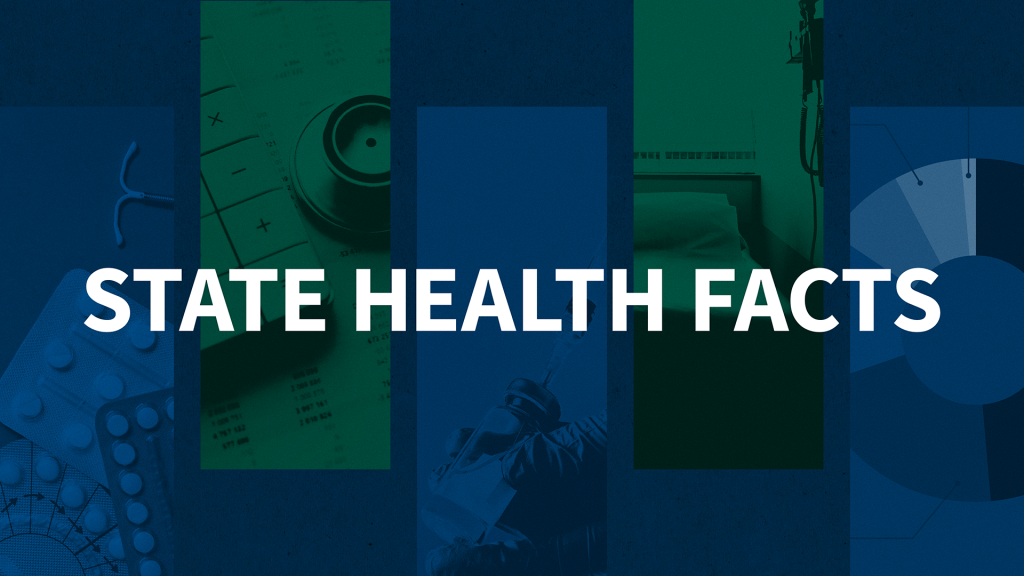Better Care Reconciliation Act (BCRA): State-by-State Estimates of Reductions in Federal Medicaid Funding
This brief provides national and state-by-state estimates of the reductions in federal spending under the Better Care Reconciliation Act for the period 2020-2029 and for 2029 in order to see the full effect of policy changes over a ten-year period.
